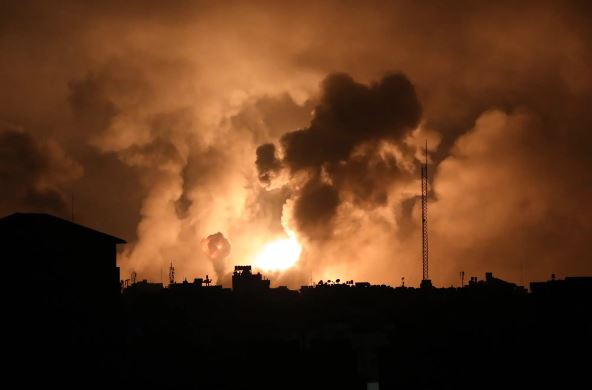As Israel escalated its bombardment and initiated another incursion into the Gaza Strip on Friday, communication and access to information in the enclave became increasingly challenging.
Two major Palestinian mobile networks, Jawwal and Paltel, reported on Friday evening that their phone and internet services were disrupted. Some Palestinians who managed to communicate with the outside world expressed rising fear and panic.
Belal Khaled, a Palestinian freelance photographer reached via WhatsApp, described the situation at Nasser Hospital in Khan Younis, saying, “People are in fear, and they feel they are in limbo.
Access to visuals from inside Gaza was severely limited, with few images available of the ongoing events. Reuters maintained a live camera from the Israeli side of the border aimed at the Gaza skyline, revealing mostly darkness with occasional bursts of light.
Tareq Abu Azzoum, a reporter from Al Jazeera, said, “The situation is catastrophic right now.” He explained that they could no longer communicate with the international community to convey the situation on the ground.
The Committee to Protect Journalists expressed alarm over the reports of a communication blackout. In a statement, they noted that as news organizations lost contact with their crews and reporters in Gaza, the world was losing a crucial window into the reality of all parties involved in the conflict.
The Palestinian Red Crescent reported a loss of contact with its headquarters and teams in Gaza via social media, expressing deep concerns about their ability to provide emergency medical services and residents’ ability to call for ambulances.
The director general of the World Health Organization, Tedros Adhanom Ghebreyesus, also voiced concerns through social media, stating that they had lost contact with their staff, health facilities, and health workers. He expressed grave concern for their safety and the immediate health risks faced by vulnerable patients in the region due to the ongoing siege.

